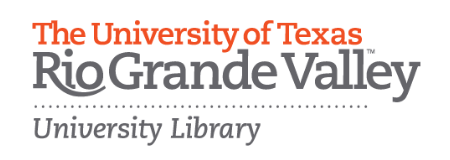Blog
The Route
While conducting the project Trafficking in Persons in Central America and along Mexico’s Eastern Migration Routes: The Role of Transnational Criminal Organizations, we visited several key cities along the Central America-U.S. migration route.
The goals of this project were:
- to identify the role of Mexican Transnational Criminal Organizations (TCOs) in human trafficking,
- to identify the involvement of Mexican TCOs and transnational gangs in forced labor for criminal activities.
What is Human Trafficking?
This project used the legal definition of trafficking in persons from the Trafficking Victim Protection Act of 2000, which states that ‘‘severe forms of trafficking in persons’’ mean:
(a) sex trafficking in which a commercial sex act is induced by force, fraud, or coercion, or in which the person induced to perform such act has not attained 18 years of age; or (b) the recruitment, harboring, transportation, provision, or obtaining of a person for labor or services, through the use of force, fraud, or coercion for the purpose of subjection to involuntary servitude, peonage, debt bondage, or slavery. The term ‘‘sex trafficking’’ means the recruitment, harboring, transportation, provision, or obtaining of a person for the purpose of a commercial sex act (TVPA, 2000).
What are Transnational Criminal Organizations?
Different institutions have adopted their own definitions of “transnational criminal organization” (TCO). This conceptual inconsistency makes it challenging to identify and distinguish human trafficking rings from TCOs.
The United Nations Convention against Transnational Organized Crime of 2000 does not define TCOs per se, but it defines “organized criminal group” as:
“Organized criminal group” shall mean a structured group of three or more persons, existing for a period of time and acting in concert with the aim of committing one or more serious crimes or offences established in accordance with this Convention, in order to obtain, directly or indirectly, a financial or other material benefit”
In its Strategy to Combat Transnational Organized Crime published in 2011, the United States National Security Council defines TCOs as:
“those self-perpetuating associations of individuals who operate transnationally for the purpose of obtaining power, influence, monetary and/or commercial gains, wholly or in part by illegal means, while protecting their activities through a pattern of corruption and/ or violence, or while protecting their illegal activities through a transnational organizational structure and the exploitation of transnational commerce or communication mechanisms. There is no single structure under which transnational organized criminals operate; they vary from hierarchies to clans, networks, and cells, and may evolve to other structures. The crimes they commit also vary.”
Conducting Fieldwork Research
Insight from qualitative and ethnographic research can significantly counterbalance the problems posed by the lack of reliable data on organized crime and human trafficking in the region. We collected quantitative and qualitative information through interviews we conducted with government officials, civil organizations dedicated to migrants, migrant advocates, local activists, and other actors involved with migrants, as well as migrants we encountered along the route. We also reviewed and collected information from secondary source materials, including Mexican anti-human trafficking legislation and the limited academic literature on this subject.
In the course of 18 months, the team of researchers conducted 279 interviews in key trafficking areas of the Mexican eastern migration route in Mexico, Guatemala, Honduras and El Salvador; we conducted 140 interviews with migrants as well as 20 interviews with individuals charged as human traffickers.
The interviews fall into three categories:
- Migrants, shelter workers and human rights advocates, NGOs/practitioners.
- Law enforcement agents, experts/academics, repatriated migrants, lawyers, prosecutors.
- Prisoners charged with human trafficking crimes.
